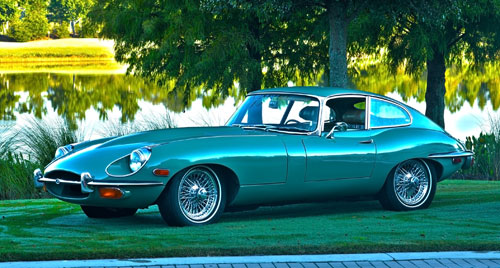Sophomore Slumps: The Mustang II

Here’s a dilemma: How do I defend my characterization of the ’74-’78 Mustang II as a Sophomore Slump when 4 of the Mustang’s 10 best-selling model years were recorded on its watch? In other words, can a car so popular really be considered a slump?
As with most things in life, it all depends on the context. When taken in isolation, as many automotive pundits have pointed out both in its day and later on, the Mustang II was just right for its economic climate. Arriving in ’74, just as the market was clamoring for smaller, more economical cars in the wake of the ’73 oil crisis, the Mustang II was a perfect fit. Lee Iacocca, the creator of the original Mustang in ’64 and the force behind the development of its second generation, must’ve looked positively visionary when he anticipated the market shift and greenlit the car’s development several years before consumers began altering their buying habits.

So when considered with respect to its environment, the Mustang II was a winner. But as a Mustang? Compared to the original? Sadly, that’s where things start to go a bit pear-shaped for the II. Part of the appeal of the original car was its size; however, that aspect wasn’t the most important one. It was the first of the pony cars: Fun, youthful, customizable vehicles built using their more mundane stablemates’ running gear, but in the case of the Mustang, an essential ingredient of its appeal was its performance—it was a muscle car as well. And that was the critical side of the Mustang’s personality that was lost with the update. In fairness, nothing except certain Ferraris had any semblance of performance at all in the early-mid ’70s, especially compared to the ground-thumping muscle car heyday of just a few years earlier, but that doesn’t change the fact that whatever the cause, with the II, a huge part of the original Mustang’s raison d’etre was missing, gone. The general buying public may not have minded, given the circumstances, but enthusiasts certainly took note. So in spite of its success in the marketplace, for being half the car it was in the late ’60s, both literally and figuratively, the Mustang II deserves to be called a Sophomore Slump.
Editor’s note: This post is part of an ongoing series highlighting cars whose second generation failed to live up to the promise of the first. Read the other installments here:







